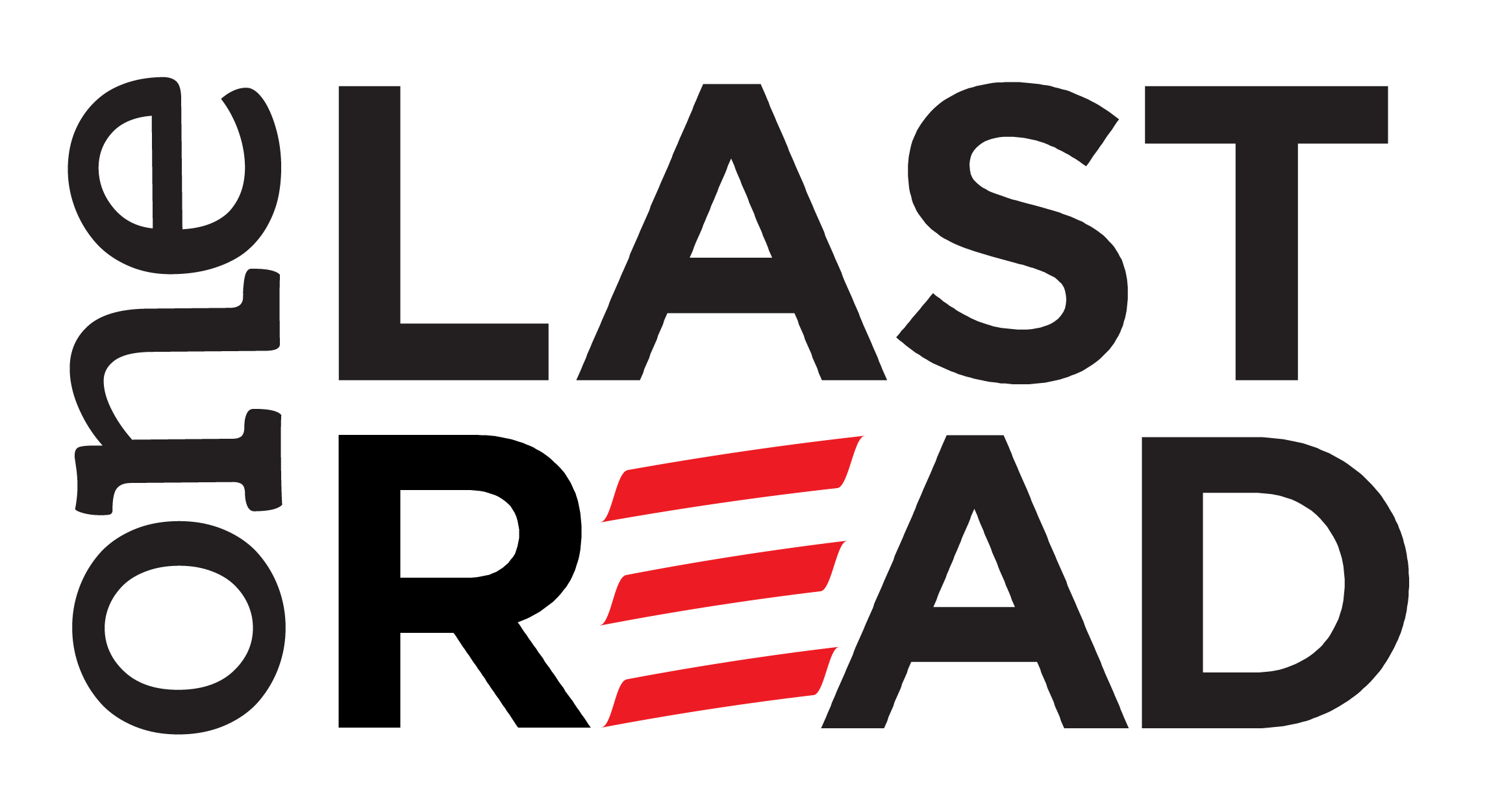FAQs
What’s the difference between proofreading and editing?
This is the question I get asked most often. The truth is, there are far more types to choose from: there are line edits, copy edits, proofreading, and that’s just the beginning. It can all be overwhelming when deciding what you need.
Editing, sometimes called copyediting, is the process of checking for mistakes, inconsistencies, and repetition, as well as improving the overall quality of writing and vocabulary usage. A good editor is more like a partner during your writing process. They check that all your small details are consistent throughout your project, they follow links to make sure they are correct, they fact-check your cited material, and much more. While they do check for grammar and spelling mistakes, it is very challenging to do while looking for all the other things they are focused on to make sure your project reads as well as possible.
Proofreading can be thought of like your last set of eyes before publishing. A proofreader's only job is to comb your project with a fresh set of eyes with a focus on correct spelling, grammar, punctuation, and formatting. Reviews are performed with thorough attention to detail following style guides such as The Chicago Manual of Style (CMOS), The Associated Press Stylebook (AP), The Modern Language Association Handbook (MLA) or any provided in-house style guidelines. Proofreading perfects the project and ensures that it is ready for publication.
PROOFREADERS CHECK FOR…
Consistency in formatting
Correct spelling
Proper punctuation (commas, hyphens, apostrophes, etc.)
Correct word usage (“its” versus “it’s”; “too,” “two,” and “to”; etc.)
Repeated words
Compliance with style guides
PROOFREADERS DO NOT…
Rewrite sentences
Improve expression
Correct sentence flow
Take a more in-depth look into how ideas and information are presented
Provide feedback about the text
What platforms do you use for review?
Working with Word documents are preferable in order to return you a final copy and a copy with tracked changes, but I can also work with iAnnotate and Adobe for PDFs or with Google Docs, and I have worked in ProofHQ. I can share information through email, Google Docs or Dropbox, but if you have another system you would like to use, just let me know.
Do you specialize in any fields?
I sure do! I have an extensive background in writing for finance, real estate, training curriculum/manuals, and more recently the creative services, aesthetics, and medical industries.
What do you do to protect the privacy of my work?
First, I will be happy to sign any required NDAs even before we discuss your work. I will not showcase my work on your project in my portfolio without written approval. Once the project has been completed and you have confirmed final receipt, all copies of your work will be deleted from my files. Please note – once deleted, you will not be able to contact me to retrieve any lost data on your end.
What is your turnaround?
Turnaround time is generally in two to five days depending on the size and complexity of the document. Shorter turnaround times are available if necessary.
Why do you charge by the word FOR PROOFREADING AND EDITING?
Charging by the word lets you know exactly what to expect your project to cost, and it allows me the time to sit down and thoroughly read your document without feeling rushed by an hourly rate.
Have a PDF filled with charts or other hard to measure word count?? Just send me an email to discuss an hourly rate for your project at brandy@onelastread.com.
What are the next steps?
The first thing we’ll do is set up some time to discuss the project to make sure we’re a good fit. We’ll agree on all the details including the project scope, deadlines, review method, services required, and payment terms before moving forward. Once we sign off on the project plan and any required NDAs, I’ll get to work making sure your documents are professionally polished.
